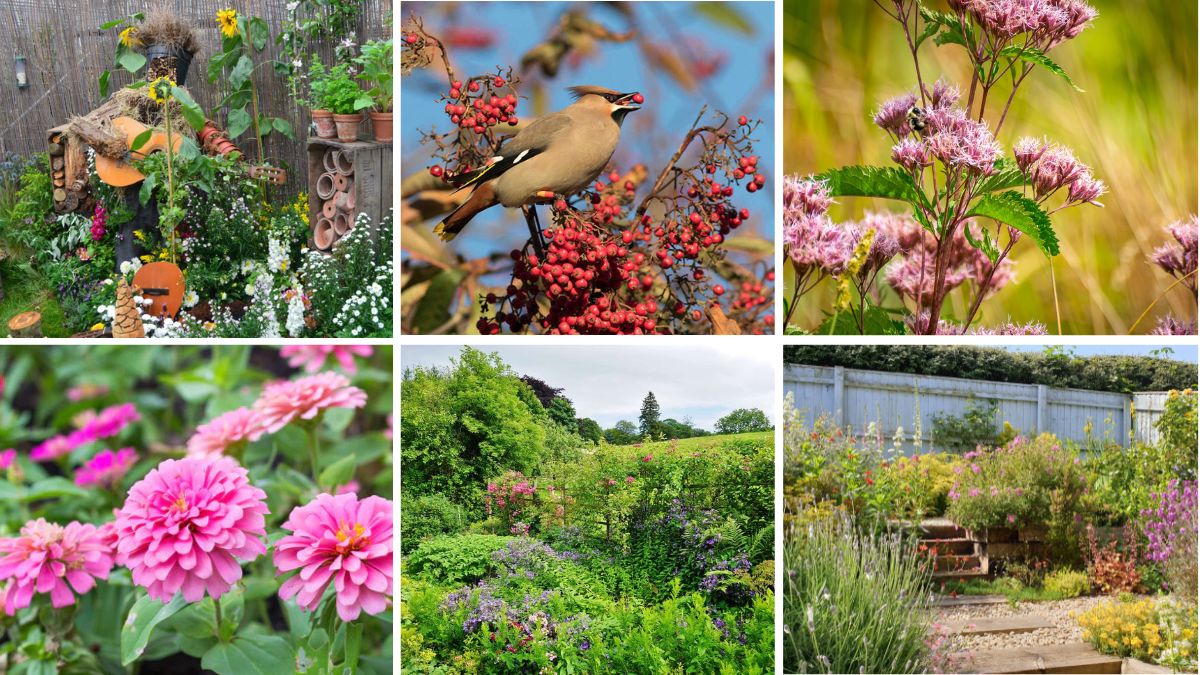Creating a wildlife-friendly garden is a wonderful way to support local ecosystems and enjoy the beauty of nature right at your doorstep. By making thoughtful choices in planting, shelter, and water sources, you can attract birds, insects, and other creatures that enrich your outdoor space. A garden designed with wildlife in mind not only boosts biodiversity but also provides a peaceful retreat full of life and color. Here are six effective ways to make your garden a haven for wildlife.
1. Plant Native Species
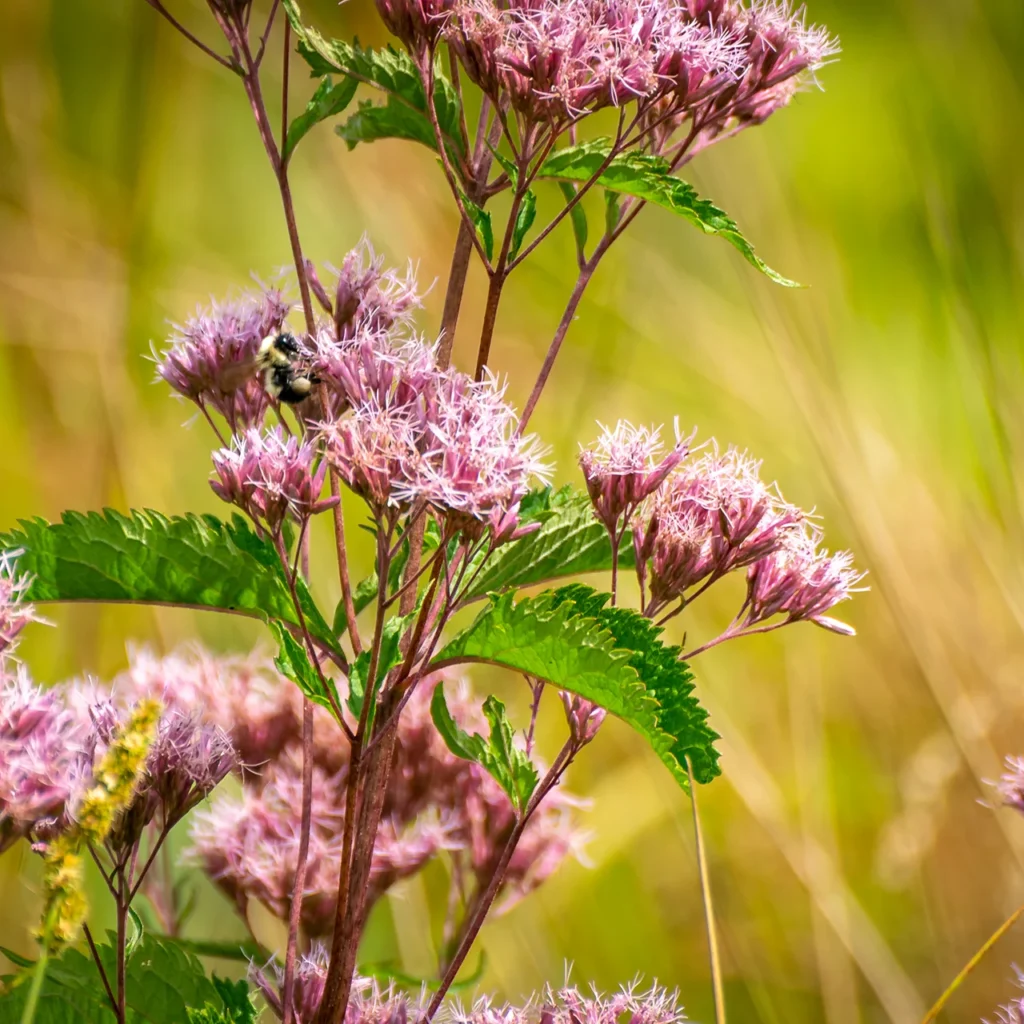
Native plants are perfectly adapted to your local climate and soil, providing the best food and shelter for native wildlife. They attract a variety of pollinators like bees and butterflies and offer fruits and seeds for birds. Using native species reduces maintenance and supports the natural ecosystem balance in your area.
2. Create Water Sources
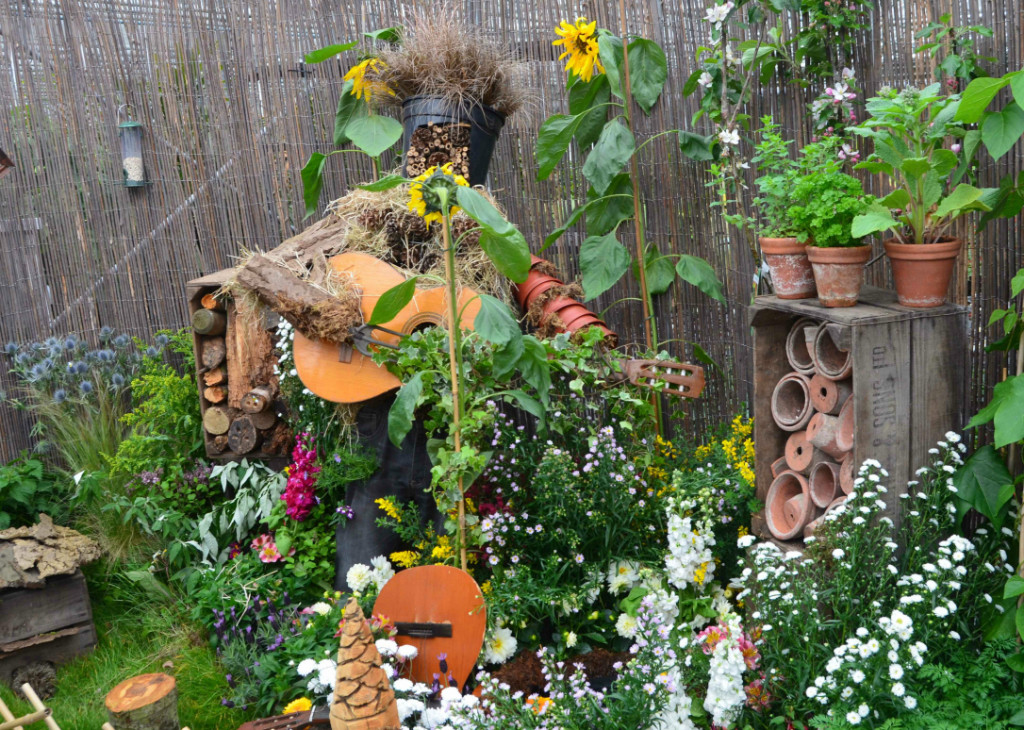
Fresh water is essential for wildlife, especially in urban settings. Installing birdbaths, small ponds, or even shallow dishes of water can attract birds, amphibians, and insects. Moving water or adding fountains can help prevent mosquitoes while providing wildlife with a safe place to drink and bathe.
3. Provide Shelter and Nesting Sites
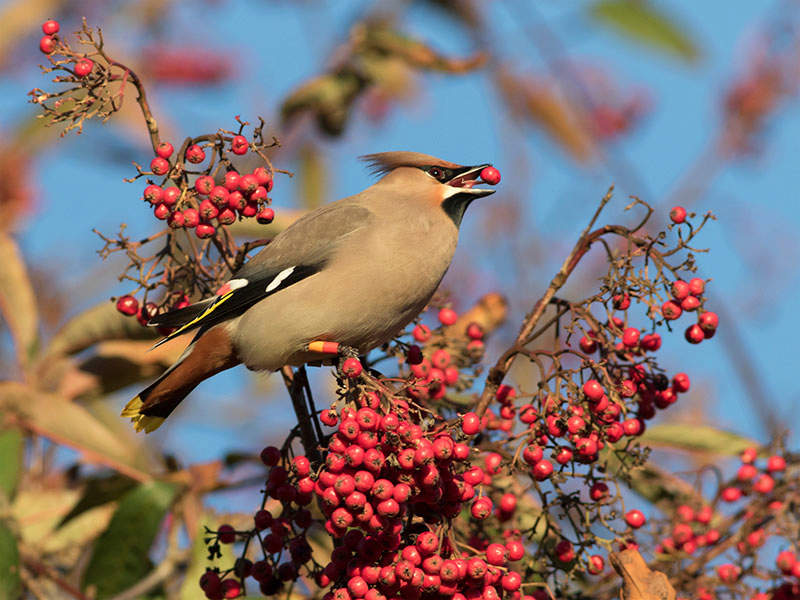
Wildlife needs safe places to hide, rest, and raise young. Incorporate features like birdhouses, bat boxes, log piles, and dense shrubbery to offer shelter. Leaving some leaf litter and dead wood supports insects and small mammals, creating a balanced habitat that encourages a variety of species.
4. Grow a Variety of Flowering Plants
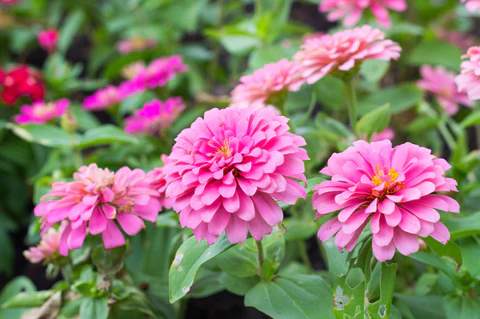
Planting flowers that bloom at different times of the year ensures continuous nectar and pollen sources for pollinators. A mix of shapes and colors attracts diverse insects and birds. Including flowering shrubs and climbers adds vertical layers to your garden, increasing habitat complexity.
5. Avoid Chemicals

Pesticides and herbicides can harm beneficial insects, birds, and other wildlife. Opt for organic gardening methods and natural pest control to maintain a healthy garden ecosystem. Encouraging predator insects like ladybugs and lacewings helps keep pests in check without toxic chemicals.
6. Incorporate Fruit and Nut-Bearing Plants
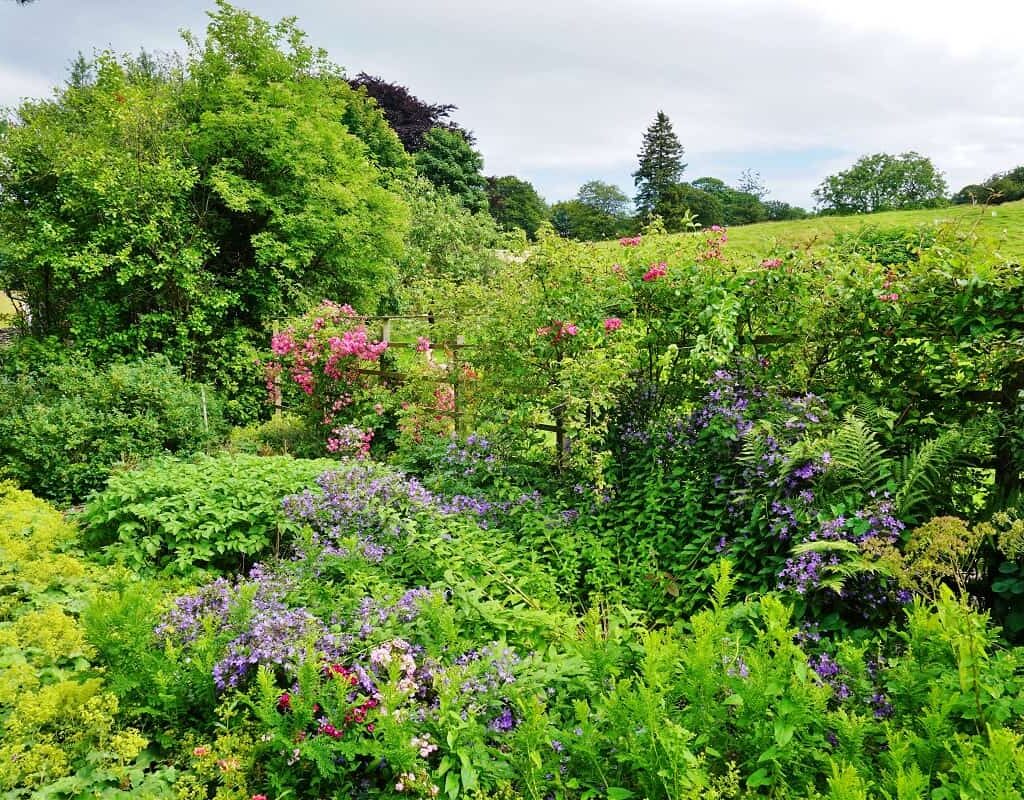
Plants that produce fruits, nuts, or berries provide vital food sources for birds, mammals, and insects throughout the seasons. Consider planting shrubs like elderberry, hawthorn, or serviceberry, which support wildlife with nutritious harvests and add seasonal interest to your garden.
